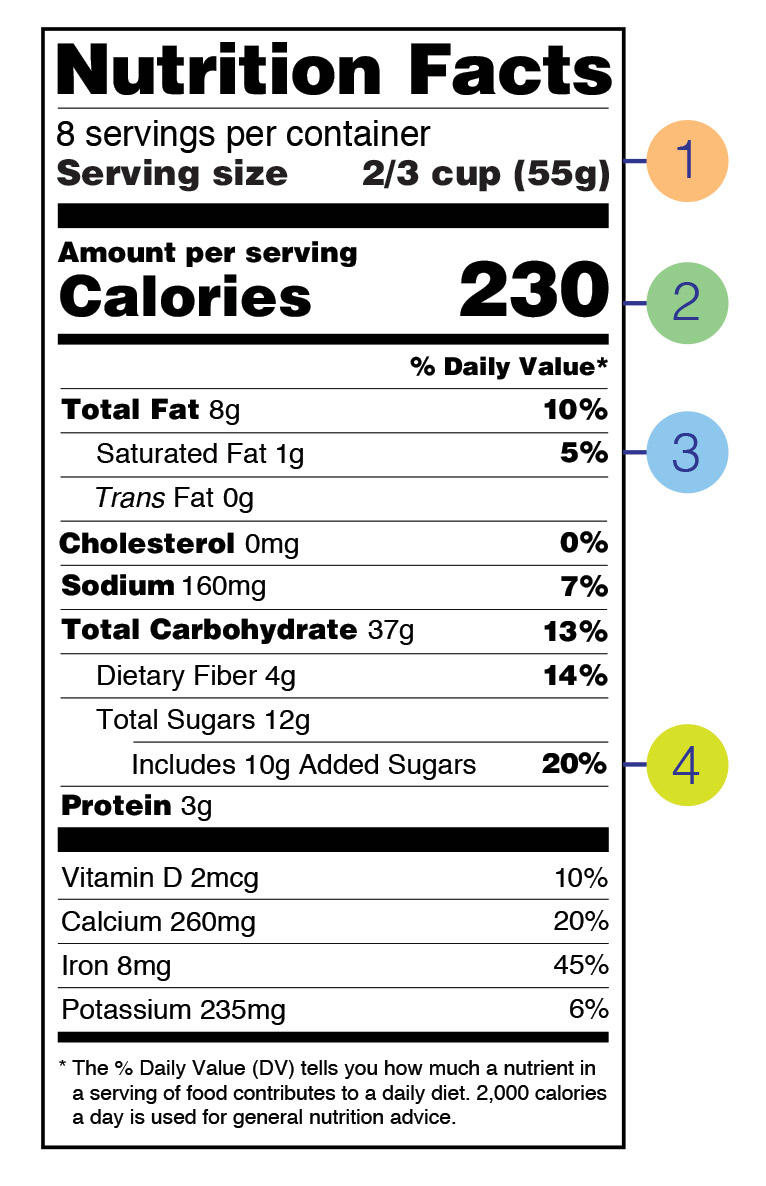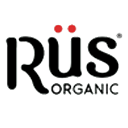
How to Read Nutrition Label?
Labels can be hard to read.
Consumers are more health conscious than ever, so some food manufacturers are using deceptive tricks to convince people to buy highly processed and unhealthy products.
Food labeling regulations are complex and difficult for consumers to understand.
This article will teach you how to read food labels so you can distinguish between junk food and really healthy foods.

Don't be deceived by apparent claims
One of the best tips is to completely ignore the prompts on the front of the pack. The front label drives product purchases with health claims.
In fact, research shows that adding a health claim to the front label influences consumer choices by leading people to believe that it is healthier than the same product without the health claim. Manufacturers are often dishonest in the way they use these labels.
They tend to use misleading and in some cases completely wrong health claims.
There are many high-sugar breakfast cereals, for example whole cocoa beans. Despite what the label may imply, these products are not healthy.
This makes it hard for consumers to choose healthy options without a thorough inspection of the ingredients list.
SUMMARY
Front labels are often used to lure people into buying products. However, some of these labels are highly misleading.
Study the Ingredients List

Product ingredients are listed by quantity — from highest to lowest amount. This means that the first ingredient is most commonly used by the manufacturer.
As a rule of thumb, we recommend scanning your top three ingredients. This is because these ingredients make up the bulk of your diet.
If the first few ingredients contain refined grains, some type of sugar, or hydrogenated oils, the product may be considered unhealthy.
Instead, choose foods that contain whole foods listed as the first three ingredients.
In addition, an ingredient list with more than 2 or 3 lines indicates that the product is highly processed.
SUMMARY
Ingredients are listed by quantity — from highest to lowest. Try looking for products that list whole foods as the first three ingredients and be skeptical of foods with long lists of ingredients.
Watch out for Serving Sizes
Nutrition labels state how many calories and nutrients are in a standard amount of the product — often a suggested single serving.
However, these serving sizes are frequently much smaller than what people consume in one sitting.
For example, one serving may be half a can of soda, a quarter of a cookie, half a chocolate bar, or a single biscuit.
In doing so, manufacturers try to deceive consumers into thinking that the food has fewer calories and less sugar.
Many people are unaware of this serving size scheme, assuming that the entire container is a single serving, when in truth it may consist of two, three, or more servings.
If you’re interested in knowing the nutritional value of what you’re eating, you need to multiply the serving given on the back by the number of servings you consumed.
SUMMARY
Serving sizes listed on packaging may be misleading and unrealistic. Manufacturers often list a much smaller amount than what most people consume in one setting.
The Most Misleading Claims
Health claims on packaged food are designed to catch your attention and convince you that the product is healthy.
Here are some of the most common claims — and what they mean:
-
Organic
If you choose organic, it's important to look for the USDA organic seal.Also, look out for these claims on food labels to help you identify foods that are truly organic:100% Organic. This product consists exclusively of organic ingredients.Organic. At least 95% of the ingredients in this product are organic.Made from Organic Ingredients. At least 70% of the ingredients are organic.
- Multi-Grains. While this sounds very healthy, it does mean that the product contains multiple types of grains. Unless the product is marked as whole grains, these may be refined grains.
- Natural. This does not necessarily mean that the product resembles nature's. It simply indicates that the manufacturer has worked with natural resources such as apples and rice.
- Sugar free. Some products are naturally high in sugar. The fact that they don’t have added sugar doesn’t mean they’re healthy. Unhealthy sugar substitutes may also have been added.
- Low-calorie. Low-calorie products have to have one-third fewer calories than the brand’s original product. Yet, one brand’s low-calorie version may have similar calories as another brand’s original.
- Low-fat. This label usually means that the fat has been reduced at the cost of adding more sugar. Be very careful and read the ingredients list.
- Low-carb. Recently, a low-carb diet has been linked to improved health. However, processed foods labeled as low-carb are still typically unhealthy processed foods, just like low-fat processed foods.
- Made from whole grains. This product may contain very little grain. Check the ingredient list - if whole grains aren't in the first three ingredients, it's low. • Firm or prosperous. This means that some nutrients have been added to the product. For example, vitamin D is often added to milk. But just because you're strong doesn't mean you're healthy.
- Gluten free. Gluten-free doesn’t mean healthy. The product simply doesn’t contain wheat, spelt, rye, or barley. Many gluten-free foods are highly processed and loaded with unhealthy fats and sugar.
- Fruit-flavored. Many processed foods have a name that refers to a natural flavor, such as strawberry yogurt. However, the product may not contain fruit and may only have chemicals designed to flavor the fruit.
- No trans fats. This phrase means "less than 0.5g of trans fat per serving." So even if the portion is incredibly small, the product may still contain trans fats.
- Despite these warnings, many foods that are truly healthy are organic, whole or whole-food. However, just because a label makes a particular claim does not guarantee that it is healthy. wrap up
Many marketing terms relate to improving health. These are often used to trick consumers into thinking junk and processed foods are good for them.
Other names for sugar
Sugar goes by countless names.

Food manufacturers use this to their advantage, deliberately adding different types of sugar to their products to hide the actual amount.
This will show the healthier ingredients on top and sugar on the bottom. So even though a product may be loaded with sugar, it doesn’t necessarily appear as one of the first three ingredients.
To avoid accidentally consuming a lot of sugar, watch out for the following names of sugar in ingredient lists:
- Types of sugar: beet sugar, brown sugar, buttered sugar, cane sugar, caster sugar, coconut sugar, date sugar, golden sugar, invert sugar, muscovado sugar, organic raw sugar, raspadura sugar, evaporated cane juice, and confectioner’s sugar.
- Types of syrup: carob syrup, golden syrup, high-fructose corn syrup, honey, agave nectar, malt syrup, maple syrup, oat syrup, rice bran syrup, and rice syrup.
- Other added sugars: barley malt, molasses, cane juice crystals, lactose, corn sweetener, crystalline fructose, dextran, malt powder, ethyl maltol, fructose, fruit juice concentrate, galactose, glucose, disaccharides, maltodextrin, and maltose.
Many more names for sugar exist, but these are the most common. If you see these items at the top of the ingredients list or multiple items on the list, the product contains a lot of added sugar.
SUMMARY
Sugar goes by many names. These include cane sugar, invert sugar, corn sweeteners, dextran, molasses, malt syrup, maltose, and evaporated cane juice.
The Bottom Line
The best way to avoid getting caught up in product labels is to avoid processed foods altogether. However, whole foods do not need to list ingredients. If you have decided to buy packaged groceries, use the tips in this article to eliminate waste from high-value products.

